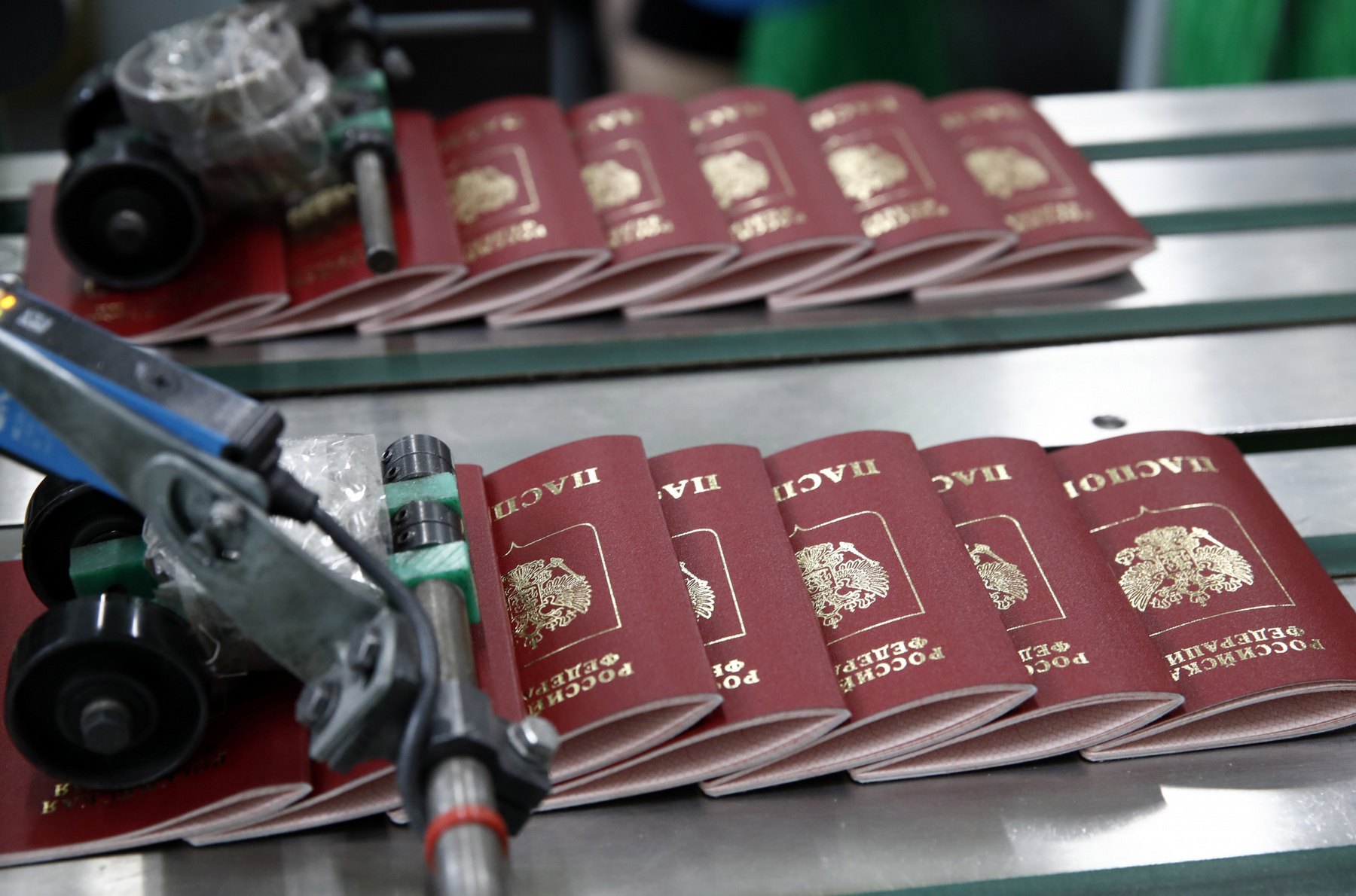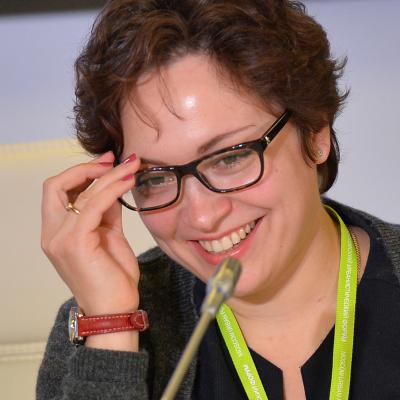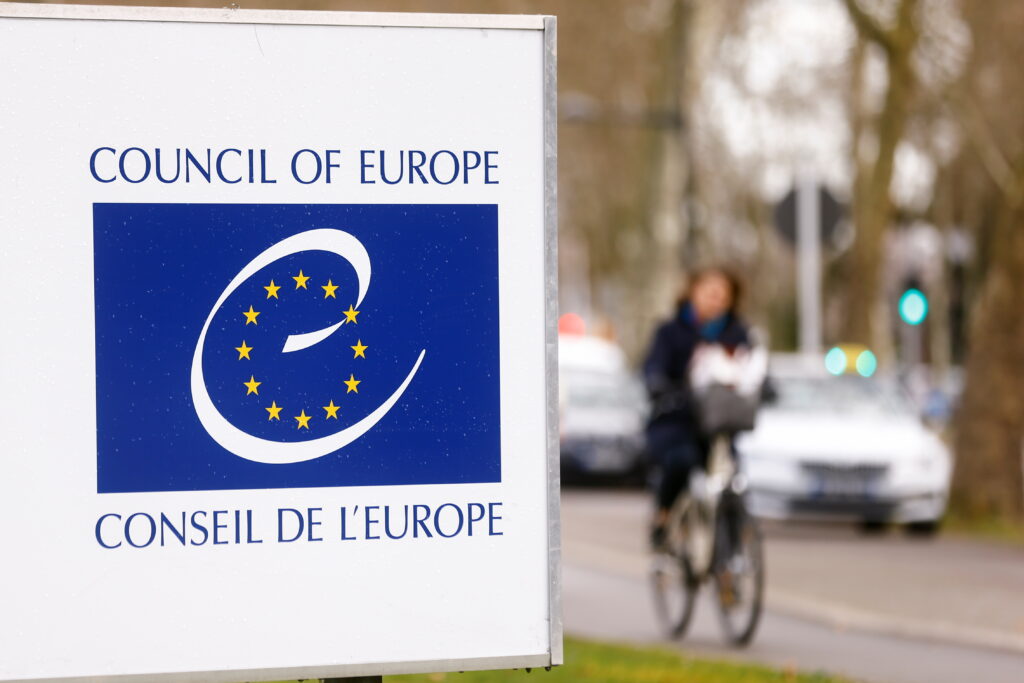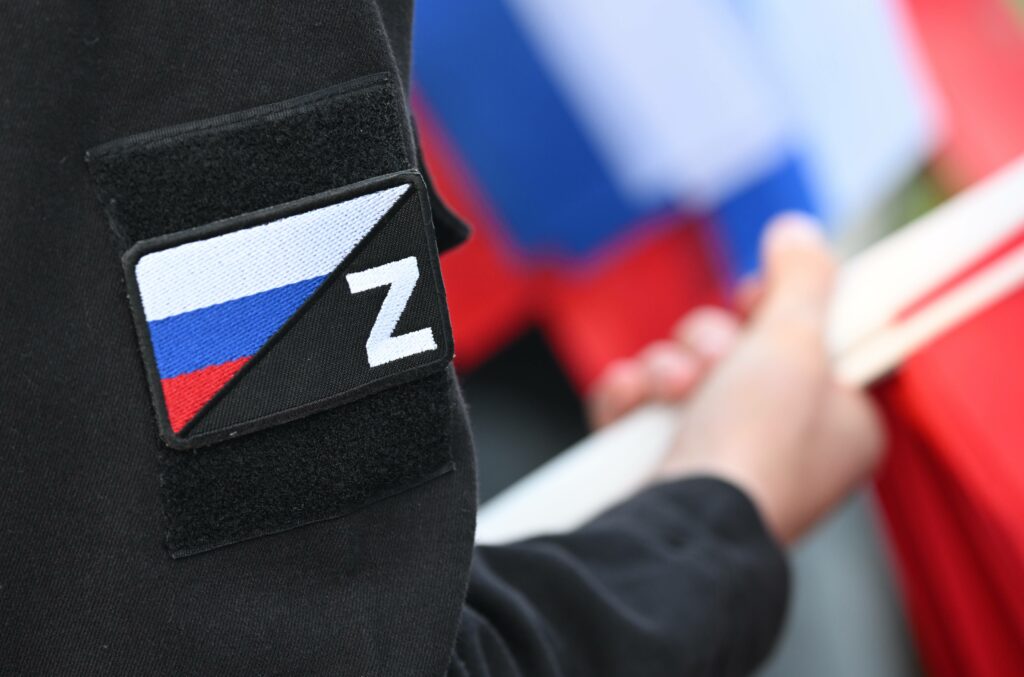Russia laid out its interest in certain groups of foreign citizens in its official migration policy guidelines for 2019–2025. According to that document, the policy aims to fix problems related to the country’s development “to protect the national labour market, to maintain interethnic and interreligious harmony, as well as to address issues in the sphere of protection and preservation of Russian culture, Russian language and heritage of the peoples of Russia, all of which are at the foundation of its cultural code and civilisation.” For the first time, the policy guidelines referred to migration policy, including the policy of granting Russian citizenship, as a tool to address Russia’s demographic, socio-economic and geopolitical challenges.
Citizenship as a reflection of Russia’s geopolitical interests
Amendments and additions to the Law on Citizenship of the Russian Federation always reflect the changing priorities and goals of Russia as a country. We can talk about three periods when external circumstances, state interests and the demographic situation of the country influenced the institution of citizenship. Over the last 30 post-Soviet years, the practice of granting Russian citizenship has been delineated by laws on citizenship (1991, 2002) and a series of presidential decrees on the simplified procedure of granting citizenship to certain groups of foreign citizens.
From 1992 to 2002, about 2.9 million people received the citizenship of the Russian Federation. This figure reached 2.8 million in 2003–2013, rising to approx. 3.3 million in 2014–2017. In 2019, a total of 497,817 people became citizens of Russia, 60% of whom were former citizens of Ukraine.
The geographies and countries of origin of new citizens of the Russian Federation always had their special characteristics. In 1992–2010, the five “suppliers” of new Russian citizens included Kazakhstan, Ukraine, Uzbekistan, Georgia and Azerbaijan. During the first post-Soviet decade, the Russian-speaking population was actively leaving these newly independent states. Later on, while the “supplier countries” remained the same, the structure of that group changed. From 2010, Ukraine became the undisputed leader: one in four new Russian citizens came from Ukraine; one in five from Kazakhstan; one in ten from Kyrgyzstan; and one in twelve from Uzbekistan or Armenia.
Naturalizing citizens of newly independent states gathered momentum in Russia after the Law on Citizenship was amended in 2003. The amendment enabled former citizens of the USSR to be “granted citizenship of Russia under a simplified procedure if they declare their desire to acquire citizenship of the Russian Federation” (Article 14 para. 4). This exact wording made it legal to issue Russian passports to residents of Abkhazia, South Ossetia and Transnistria. By 2006, when Abkhazia and South Ossetia introduced their own passport systems, most of the population of both unrecognised republics had already received Russian passports.
In April 2014, amendments were introduced to the Law on Citizenship, establishing a simplified procedure for “native Russian speakers”. The amended law defines native speakers of Russian as foreign citizens and stateless persons who are able to communicate freely in Russian in everyday and official settings. To get this status, it is necessary to take an exam, which automatically gives the successful examinees the right to obtain a residence permit and Russian citizenship under the simplified procedure. The amended law was intended mainly for Russian-speaking citizens of Belarus, Kazakhstan and Ukraine.
In 2020, Russian legislators went even further, abolishing the mandatory Russian language examination for citizens from countries with “identical cultural (civilisation) code”, i.e. for natives of Belarus and Ukraine. Russia also simplified the procedure for admission to Russian citizenship for certain categories of Ukrainian citizens living in the Donetsk and Lugansk regions. As a result, the number of Ukrainian citizens applying for Russian citizenship in 2019 increased threefold versus previous years.
The Rostov Region became the leader in the number of new Russian citizens, issuing approx. 167 thousand Russian passports, which is 23 times higher than in 2018. This was facilitated by the geographical proximity of the Rostov Region with the Donetsk and Lugansk Regions of Ukraine. Citizens of Ukraine gain Russian citizenship through various simplified naturalisation mechanisms, including participation in the official compatriot resettlement programme.
In April 2020, Putin signed new additions to the Law on Citizenship, guaranteeing that citizens of Belarus, Moldova, Ukraine and Kazakhstan would receive Russian citizenship without providing evidence of sources of income and sufficient financial resources, and without the need to follow the requirement of living in Russia for three years. The extended law will enter into force on 24 July 2020, enabling naturalised citizens of the Russian Federation to retain the citizenship of their country of origin.
Citizenship to guard Russia’s demographic and economic interests
Demographic experts have been warning for years that Russia’s population and its labour market are shrinking. The natural loss of Russia’s population in the first nine months of 2019 amounted to 259,600 people. The country naturalised 363,351 people in the same period, thus compensating for the loss of its population. All the simplified mechanisms of granting Russian citizenship (such as the reduced residence criterion, no requirement to pass the Russian language exam, etc.) are to compensate for negative demographic trends in Russia.
One of the simplest and most popular ways of acquiring Russian citizenship is to marry a citizen of the Russian Federation. This step reduces the required period of living in Russia to one year instead of the mandatory five years. The number of people acquiring Russian citizenship in this way has been rising exponentially year after year: in 2009, less than 700 people took advantage of this opportunity, with 4.1 thousand in 2011, more than 21 thousand in 2013, 26.8 thousand in 2014, and more than 38 thousand in 2017.
The population of contemporary Russia has been expanding thanks to husbands and wives from post-Soviet countries; the country’s Soviet past is still reflected in the marital preferences of Russians. In 2016, Russian women entered into 42,284 marriages with citizens of foreign countries. For the number of marriages with Russian women, the citizens of Ukraine are in the lead (8251), followed by those from Tajikistan (7369), Azerbaijan (5974), Uzbekistan (3779), Armenia (2808), Moldova (2614), Kazakhstan (1980), Belarus (1776) and Kyrgyzstan (789).
Men in Russia are less willing and less interested in marrying women from other countries. In 2016, Russian men contracted 29,337 marriages with foreign women. The leadership, again, is held by Ukraine (11354), followed by Armenia (2496), Azerbaijan (2390), Kazakhstan (2270), Uzbekistan (2240), Tajikistan (2003), Moldova (1945), Belarus (1673) and Kyrgyzstan (1574).
Today, Russia is looking not only for new citizens but also for skilled specialists. A serious problem affecting Russia in the past and still persists is that immigration does not help Russia to fill a shortage of professionals and skills. In 2015, the Russian Ministry of Labour issued a list of 74 occupations eligible for the simplified citizenship procedure. The list includes physicians of various categories and specialisations, engineers and technical specialists (electric fitters, electricians, circuit installers, turners, etc.). In November 2019, the list of occupations was updated and expanded to 135. Besides physicians and engineers, Russia is ready to offer the fast-track citizenship to metallurgists, psychologists, journalists, teachers, pharmacists, junior medical personnel, fish farmers and entomologists. Starting July 2019, foreign specialists from the above list who have worked in their jobs in Russia for one year (versus the previous three years, and the five years under the general procedure) became eligible for Russian citizenship.
In search of new citizens for Russia
At present, the country’s political elites have set a goal to ensure that 5–10 million people will be resettled to Russia and become Russian citizens by 2025. The most recent amendments to the Law on Citizenship, adopted at the peak of the COVID-19 pandemic, once again confirm that the Russian leaders are interested in acquiring new citizens for their country. Yet the post-Soviet space is demographically depleted.
Population shrinking is a serious challenge for most states emerging from the Soviet collapse. In the course of the 30 post-Soviet years, Moldova lost almost 1 million citizens. The population of Ukraine shrank by almost 10 million people. Many experts label the Central Asian countries as “the last post-Soviet stronghold of Russia”. Until recently, this statement was also true for the effort to boost Russia’s demography. Then again, Russia’s hopes to attract the demographic potential of the Central Asian countries (mainly Kyrgyzstan, Tajikistan and Uzbekistan) to supply migrant workers to Russia may not materialise.
There are two reasons for that. First, anyone interested in migrating to Russia and/or participating in the resettlement programme for compatriots and was able to do it has already left for Russia or is in the process of immigrating. The example of Kyrgyzstan is an excellent illustration. In 2009–2019, Kyrgyzstan had three dominant ethnic groups: Kyrgyz, Uzbek and Russian. However, the number of Uzbeks and Kyrgyz people in Kyrgyzstan is steadily growing nowadays. The number of Russians is falling. Throughout the post-Soviet years, Kyrgyzstan was losing its population, mainly its non-Kyrgyz inhabitants.
Secondly, interest in resettlement to Russia and the adoption of Russian citizenship is dependent on the socio-economic, political and sanitary-epidemiological situation in Russia. The COVID-19 pandemic became a test for the entire post-Soviet space, including Russia. In the short term, migration flows will be very receptive to how well and how quickly the economies of Russia and the post-Soviet countries are able to cope with the consequences of the pandemic.
Restoring the demographic imbalance in Russia and ensuring the inflow of 5–10 million new citizens by 2025 is a very ambitious and difficult task. To deliver this, Russia will have to reconsider its existing approaches to migration management. It will need to conduct an audit of bodies and organisations responsible for maintaining contacts with compatriots and individuals interested in re-emigration to Russia, and make adjustments to its foreign and domestic policies.










